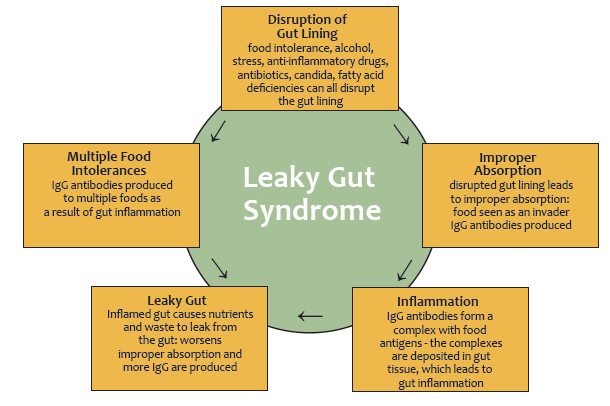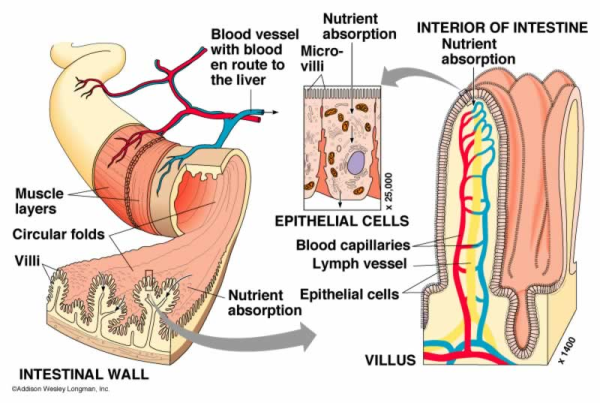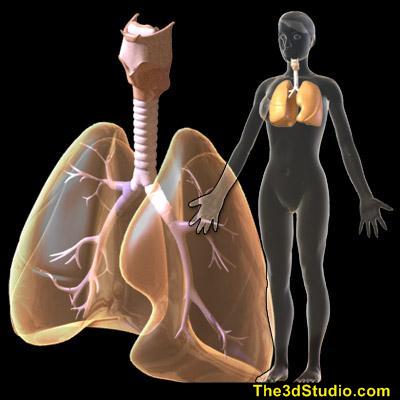Reverse Your Skin Naturally with Stem Cell
How to reverse ageing skin naturally
It is likely that you’ve come across several anti-ageing products as well as tips on how to deal with ageing. You might also have heard about masks, plastic surgery, cosmetics as well as skin creams claimed to work miracles. These products don’t work the same. You’ll come across those that show results after a few days while others will take months to years. You don’t need any of that. In this article, I’m going to show you how you can reverse an ageing skin naturally.
Stem cells are simply naturally produced cells known to remain dormant until they are stimulated to reproduce new cells and repair tissue. They exist in embryos found in women as well as adult tissue. What makes them unique is the fact that they can form in any other cell that gives them the ability to repair your skin if injured. Due to this, stem cells have been used in critical procedures such as a facelift to rejuvenate skin. The Facelift procedure doesn’t require any surgery to become a success, and that is why it works better with this process.
What stem cells do is, restore the youthfulness in your skin as well as the shape of your face. They can also help do away with the effects of sun exposure. With this remedy, you don’t need costly processes such as Botox injections and cosmetic fillers. By transplanting the stem cells into your body and activating them, they will reverse your ageing skin naturally.
You can also achieve this by using several stem cell products that have been made available to the market. Compared to many other remedies, using stem cells is one of the safest anti-ageing treatments currently accessible on the market. Stem cell products contain epidermal growth factors found via genetic engineering technology. The epidermal growth factors aren’t different from the other natural EGFs often called beauty factors. After applying these creams on your skin, they will activate collagen production that will help improve your skin’s elasticity as well as tone. It will also contribute to do away with other unpleasing features such as sagging and the rest.

If you are looking for the best way to reverse your ageing skin naturally, then it’s time you put stem cell at the top of your budget. You find out that it is also one of the most effective anti-ageing remedies used by dermatologists around the world. It is effective, safe, natural and the best part, lasts longer than any other treatments you’ll come across.
The Bottom Line
Ageing doesn’t have to stress you out more often. You can still bring back your lost years by following correct procedures. If you’ve, used other remedies such as Botox injection without success then you need to consider the top product on the market today. The stem cell is at the top of its game and with more than enough studies that revolve around it, we are yet to discover the limit it can go.
Call us today if you need help with these topics and more on 8432131480

































